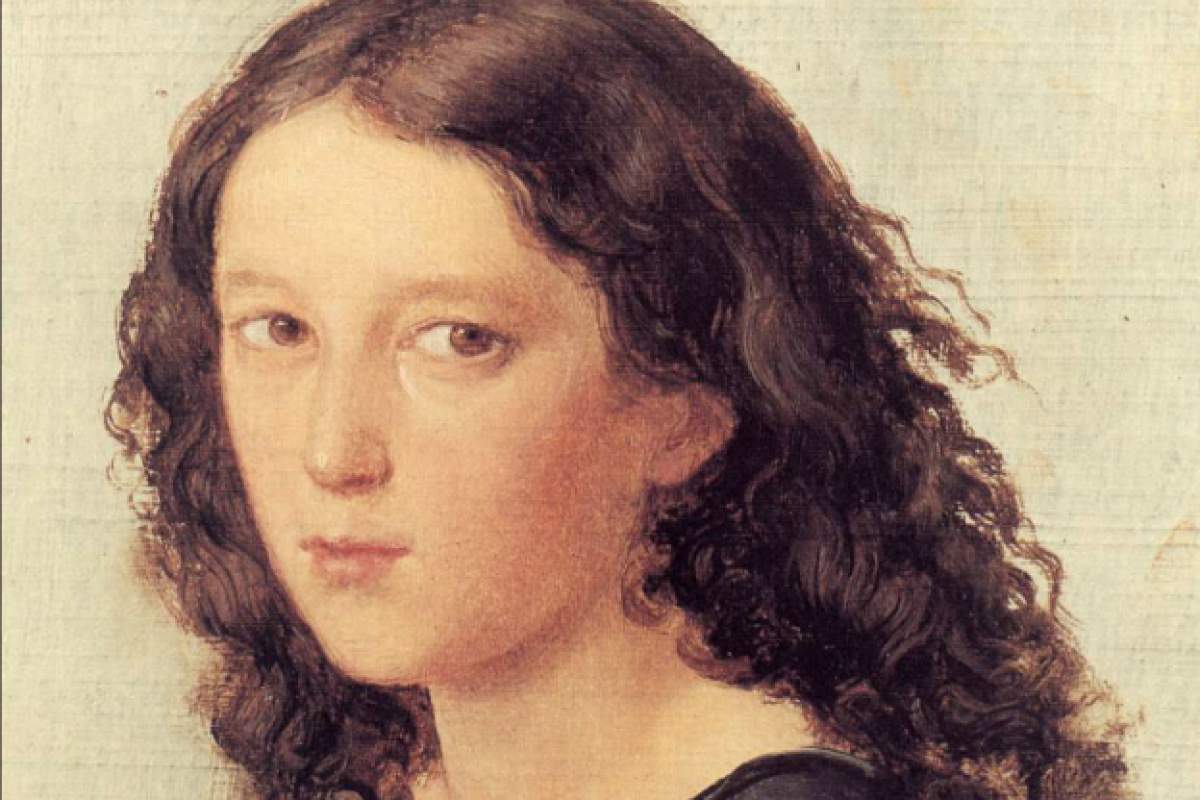
Felix Mendelssohn
Most classical music fans will be familiar with Mendelssohn’s famous e minor violin concerto, his celebrated octet or the often played Hebrides Overture, or his oratorio, Elijah. But Mendelssohn’s violin sonatas somehow inhabit a far more remote corner of the composer's legacy. Although he wrote three violin sonatas, Mendelssohn only ever published his second one, written in 1823 when he was just 14 years old. Mendelssohn wrote his first sonata in 1820 at the age of 11; he was 29 when he wrote his last one.
There have already been a few recordings of the three Mendelssohn sonatas to date, but a new CD from the Karr-Yang Duo offers a special look into this composer’s sound world with their historically informed performance of the pieces using 19th century period instruments. For this recording, fortepianist Yi-heng Yang plays an original Graf piano circa 1827, an instrument from a famous Viennese builder whose pianos Mendelssohn is known to have played.
Childhood
Mendelssohn’s first sonata is a piece that the young Mendelssohn wrote during his compositional studies with Carl Friedrich Zelter. In fact, the manuscript of the sonata can be found mixed in with Mendelssohn’s homework among his assignments in counterpoint, chorale studies, and figured bass exercises. This charming and youthful early sonata is, unsurprisingly, the most conservative of Mendelssohn’s three. It reflects a classical language belonging more to the idioms Mozart or Haydn, than the romanticism for which Mendelssohn came to be known.
Adolescence
Mendelssohn’s second sonata written three years later at the age of 14, shows a completely different side of the composer. The striking dark and introspective opening solo violin recitative sets up an angsty f minor piece whose sturm und drang only briefly lets light in through its intensity.
Of the three, this second sonata in f minor is the only violin sonata that Mendelssohn published during his lifetime. When he was 16, Mendelssohn started another violin sonata ,which, eventually joined the ranks of a number of other pieces that Mendelssohn started but never finished. On their recording, the Karr-Yang duo has also included a significant 6 minute fragment as a sort of link to Mendelssohn’s mature style.
Adulthood
Mendelssohn turned his attention away from the violin sonata for a number of years, not returning to the genre until 1838 when the now 29 year old Felix Mendelssohn was on a high arc in his career. He had by this time, landed a job as the music director of the Leipzig Gewandhaus, where he was at the helm of a fabulous orchestra, and through which he organized a popular series of chamber music concerts. It is very possible that Mendelssohn composed his F major violin sonata for this chamber music series with the plan that his good friend and concertmaster of the Gewandhaus orchestra, Ferdinand David would play it. But Mendelssohn’s infamous perfectionism took hold. Unable to settle on a definitive version of the sonata, Mendelssohn never heard it performed during his lifetime. It wasn’t until the 1950’s when violinist Yehudi Menuhin reconstructed bits of Mendelssohn’s manuscripts that the F major sonata saw new light.
When the Karr-Yang Duo decided to record this piece, they too returned to Mendelssohn’s manuscript to make their own reconstructions. They were greeted with what they describe as an "utter disarray of scribbles, incomplete bars, cross-outs, and inserts that they eventually assembled in to a cohesive piece of music."
Karr-Yang Duo Period Performance
The Karr Yang Duo’s performance of Mendelssohn sonatas comes off with intention and ease. Placed side by side with other Mendelssohn recordings using modern instruments, the period performance might sound less robust to some ears, but what is gained in its stead is a well-balanced and conversational sound, marked by a wonderful clarity of articulation, and a wide pallet of dynamic possibilities.









